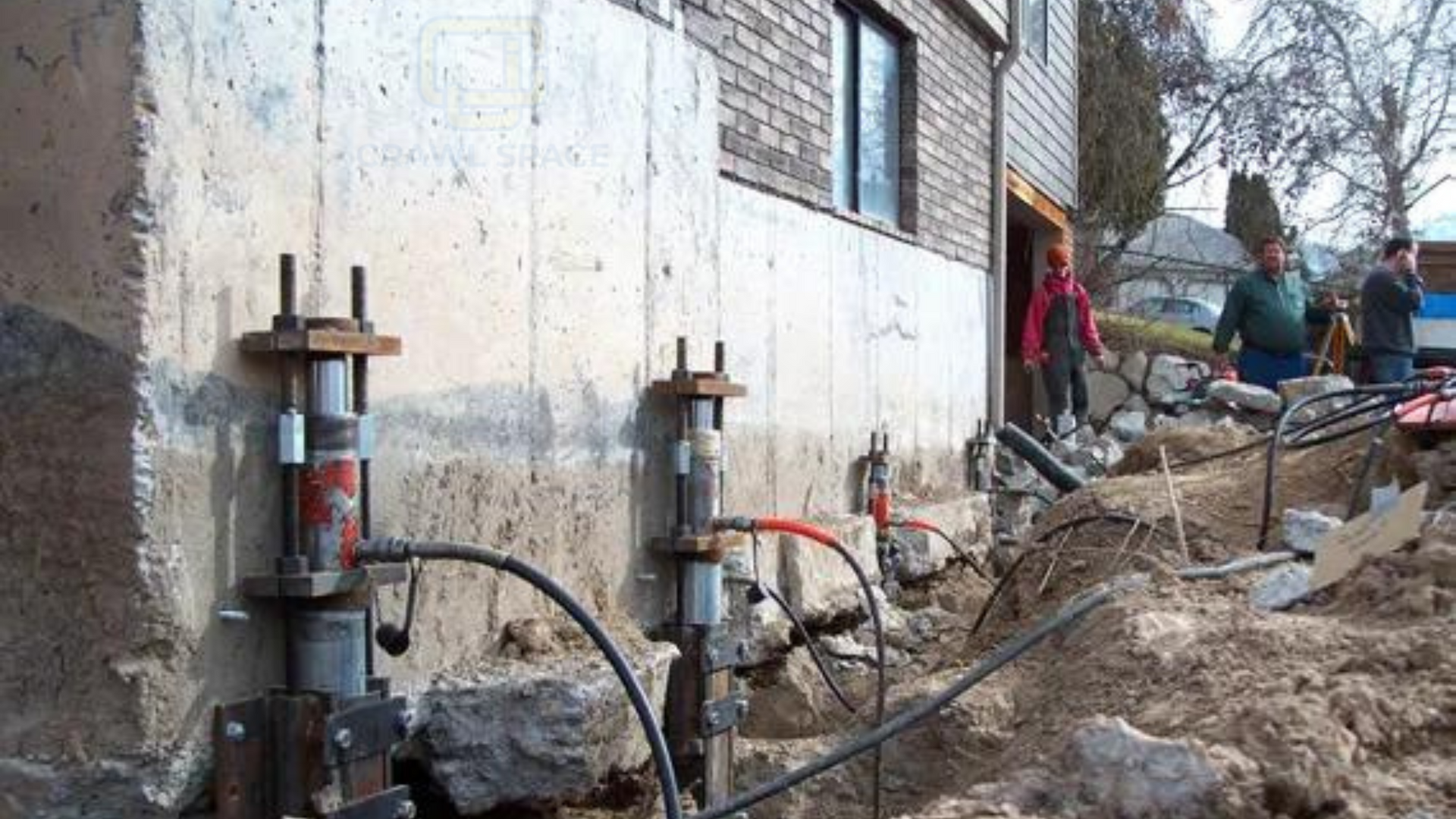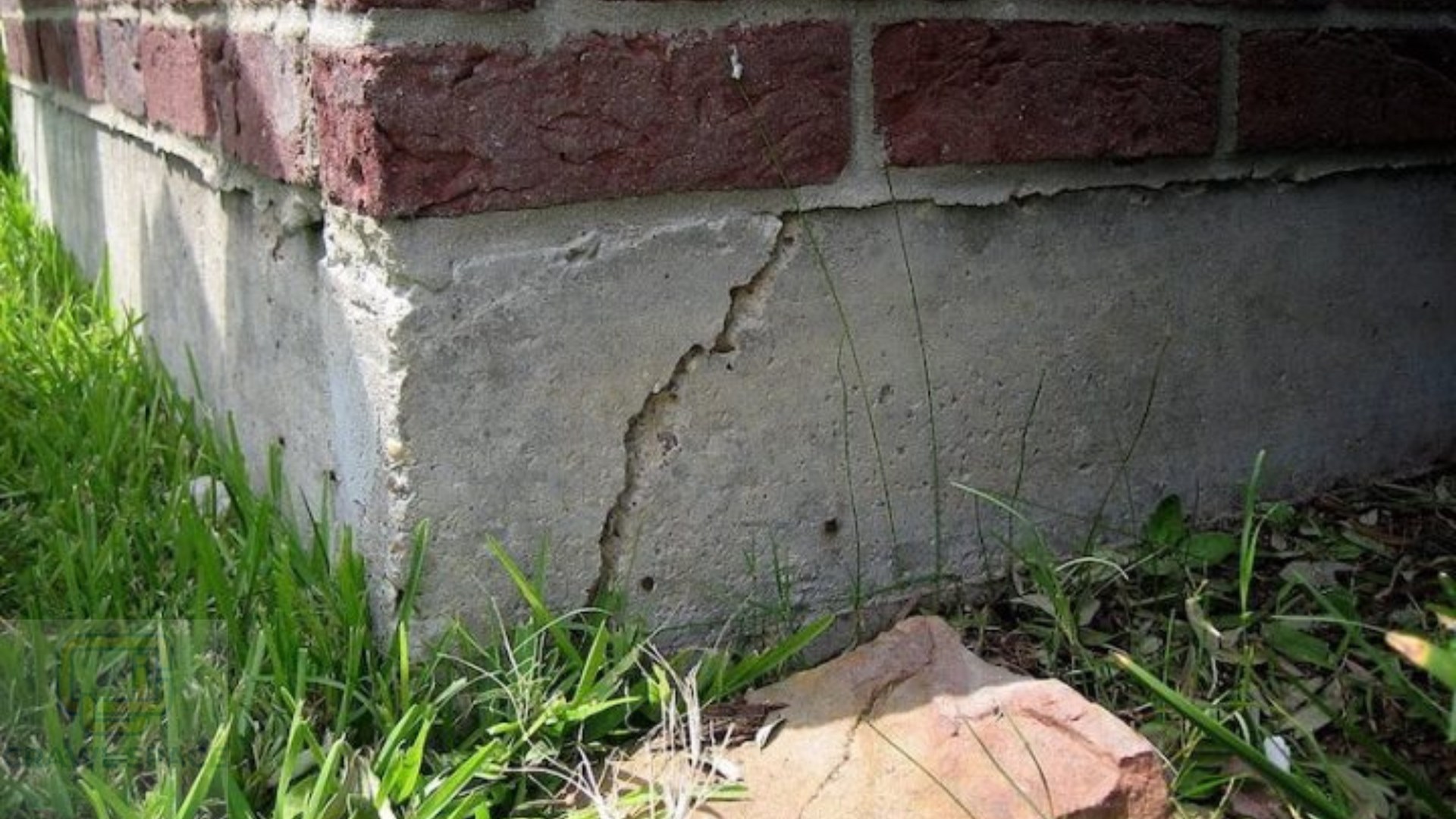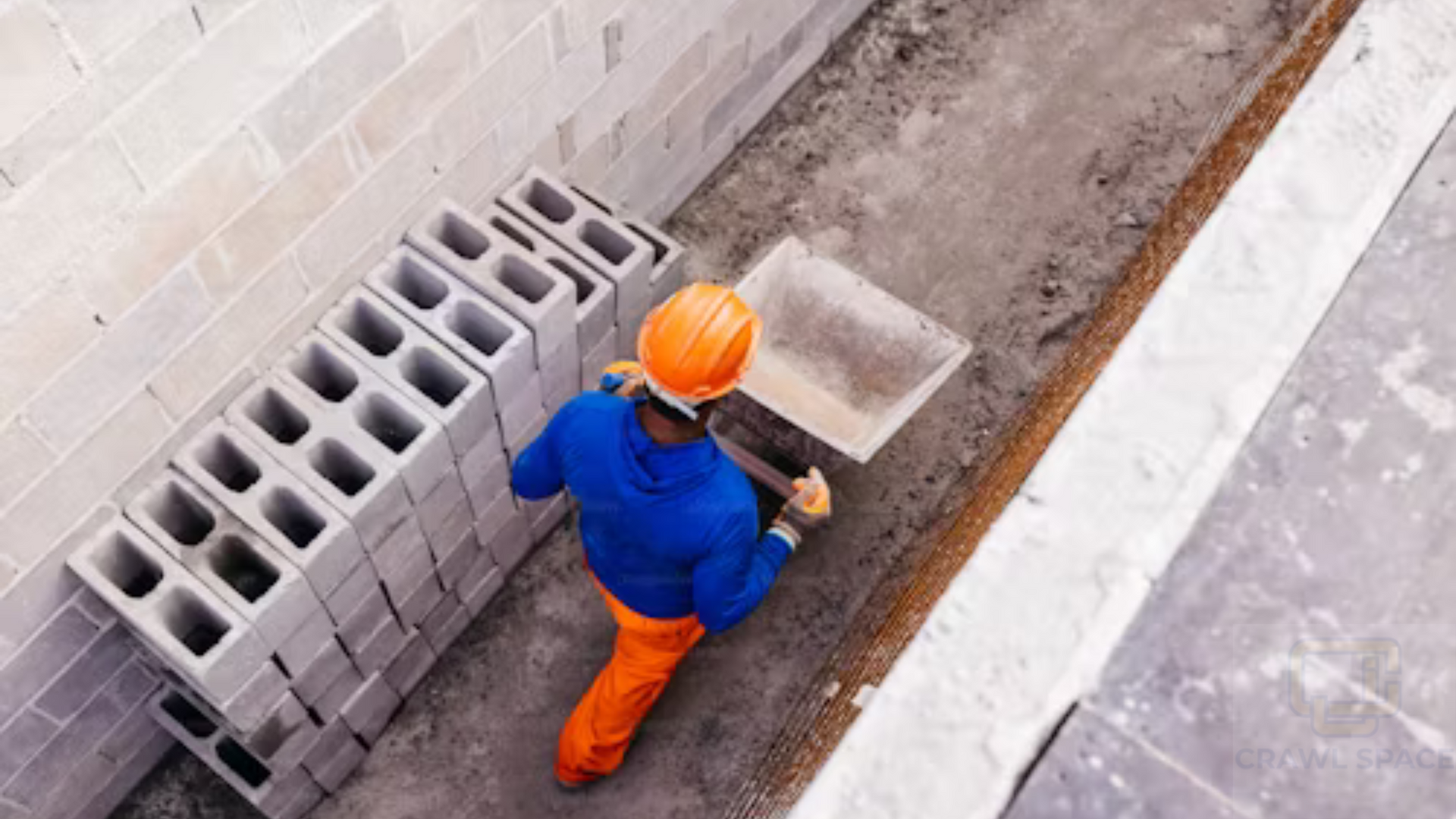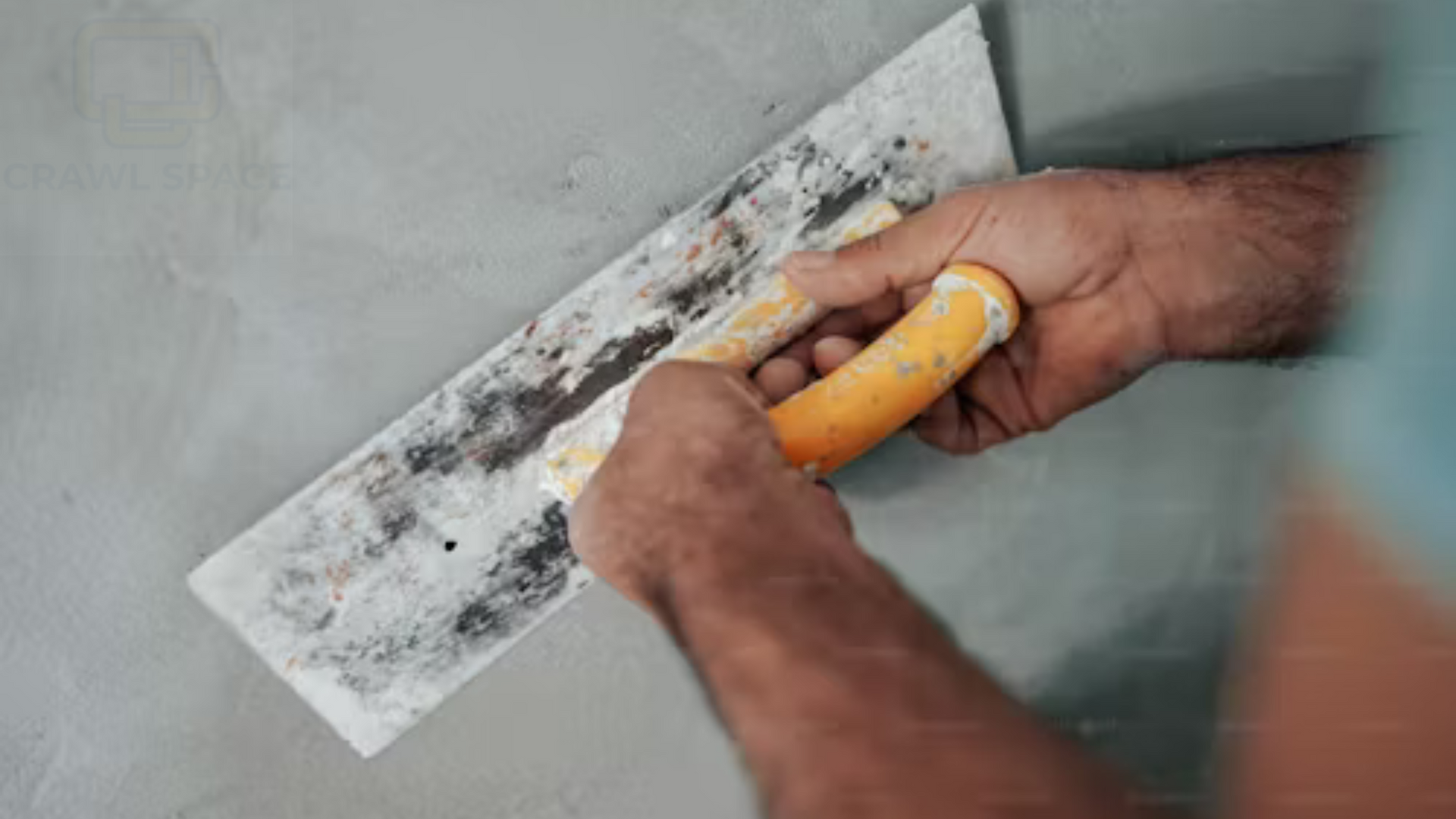Foundation Crack Repair: Tips for Identifying Common Issues
Welcome to CJ Crawl space Solutions, your go-to destination for all things related to foundation repair and crawlspace encapsulation. If you're here, chances are you're concerned about the integrity of your home's foundation. You're in the right place. Foundation issues can be a homeowner's worst nightmare, but with the right knowledge and expertise, you can tackle them head-on. In this blog post, we're going to delve into the world of foundation crack repair, focusing on tips for identifying common issues that could potentially compromise the stability of your home.
Foundation cracks are often the first sign of trouble beneath the surface. They can appear for a variety of reasons, including soil settlement, hydrostatic pressure, or even natural wear and tear over time. Identifying these cracks early on is crucial to preventing further damage and avoiding costly repairs down the line.
One of the most common types of foundation cracks is vertical cracks, which typically occur due to settling or shifting of the soil beneath the foundation. These cracks can vary in size and severity, but even small cracks can be indicative of larger issues at hand. It's essential to inspect your foundation regularly for any signs of vertical cracks and address them promptly.
Horizontal cracks, on the other hand, are often more serious and can indicate significant structural issues with the foundation. These cracks typically occur due to excessive lateral pressure from the surrounding soil or water intrusion. If you notice any horizontal cracks in your foundation, it's crucial to consult with a professional as soon as possible to assess the extent of the damage and determine the best course of action for repair.
Other common issues to be on the lookout for include stair-step cracks, diagonal cracks, and bulging or bowing walls. Each of these issues can pose serious risks to the structural integrity of your home if left untreated. By familiarizing yourself with these common signs of foundation damage, you can take proactive steps to protect your home and ensure its longevity for years to come.
Key Takeaways
- We specialize in providing reliable solutions for foundation repair, and we're here to share some valuable insights to help you navigate this process effectively.
- These may include visible cracks in the foundation walls or floors, uneven or sloping floors, doors and windows that stick or won't close properly, and gaps between the walls and ceiling.
- By understanding the signs, causes, repair methods, and the importance of professional assistance, homeowners can effectively address foundation issues.
Foundation Crack Repair: An Overview

Foundation cracks can lead to a myriad of issues, including water intrusion, mold growth, and even structural instability. At CJ Crawl Space, we understand the importance of effective foundation crack repair in preserving the health and stability of your home. In this blog post, we'll provide an overview of foundation crack repair techniques and why it's essential to address these issues promptly.
Foundation cracks can occur due to various factors, including soil settlement, hydrostatic pressure, and temperature fluctuations. These cracks may start small but can widen over time, leading to significant structural problems if left unattended. At CJ Crawl Space, our team of experts is trained to identify the root cause of foundation cracks and provide tailored solutions to address them effectively.
One of the most common techniques for repairing foundation cracks is epoxy injection. Epoxy injection involves injecting a specialized epoxy resin into the cracks, which then bonds with the surrounding concrete to create a strong and durable seal. This method not only prevents further water intrusion but also restores the structural integrity of the foundation.
Another effective method for repairing foundation cracks is the installation of carbon fiber reinforcement strips. These strips are applied directly to the surface of the crack and provide additional support to prevent further widening. Carbon fiber reinforcement is particularly useful in cases where the foundation crack is caused by structural movement or settling.
In addition to addressing existing foundation cracks, it's also essential to take preventive measures to avoid future issues. This may include proper drainage around the foundation, maintaining consistent moisture levels in the soil, and addressing any underlying drainage issues.
We take pride in offering comprehensive foundation crack repair services to homeowners. Our team utilizes the latest techniques and technologies to ensure that your home's foundation remains strong and stable for years to come. Don't wait until small cracks become major problems –
contact us today to schedule a consultation and protect your home from the dangers of foundation damage.
Common Causes of Foundation Cracks
Understanding the common causes of foundation cracks is the first step in effective repair and prevention. Some of the primary factors contributing to foundation cracks include:
Soil Settlement
Soil settlement is a critical factor affecting the stability and integrity of residential and commercial structures. As a homeowner or property manager, understanding how soil settlement can lead to foundation cracks and the importance of timely repair is crucial for maintaining the structural integrity of your building. At C.J. Crawl space & Basement Repair, we specialize in comprehensive foundation crack repair solutions tailored to address the specific needs of your property.
Soil settlement occurs when the soil beneath a building compresses or shifts, leading to uneven weight distribution and potential structural damage. This phenomenon can be caused by various factors, including changes in moisture levels, soil composition, and the natural settling process over time. In regions with expansive clay soils, fluctuations in moisture content can exacerbate soil settlement, putting additional stress on the foundation and increasing the risk of cracks forming.
Foundation cracks are often the result of soil settlement and can manifest in different forms, including vertical, diagonal, or horizontal cracks in basement walls or concrete slabs. These cracks not only compromise the aesthetic appeal of your property but also pose serious risks to its structural stability if left untreated. Water infiltration through foundation cracks can lead to moisture issues, mold growth, and even structural failure in severe cases.
Hydrostatic Pressure
Hydrostatic pressure refers to the force exerted by standing or stagnant water against a surface. In the case of your home's foundation, this pressure can lead to cracks and other forms of damage if not properly managed. At CJ Crawl Space & Basement Repair, we recognize the importance of addressing hydrostatic pressure in foundation crack repair to ensure the longevity and stability of your home.
Foundation cracks are often the result of hydrostatic pressure exerted on the foundation walls. This pressure can build up due to factors such as poor drainage, high water tables, or heavy rainfall. As water accumulates around the foundation, it exerts force against the walls, causing them to crack or bow. Left untreated, these cracks can compromise the structural integrity of the entire building, leading to costly repairs and potential safety hazards.
One of the most effective methods for combating hydrostatic pressure is through the installation of a sump pump system. A sump pump helps to remove excess water from the area surrounding your foundation, thereby reducing the pressure exerted on the walls. Additionally, proper grading and drainage solutions can help to redirect water away from the foundation, further mitigating the risk of cracks and structural damage.
Poor Construction Practices
Poor construction practices can lead to a plethora of issues, including the dreaded foundation crack repair. Foundations are meant to withstand the test of time, but they can succumb to various factors, such as soil movement, water intrusion, and inadequate construction techniques. These cracks not only compromise the stability of the entire structure but also pose serious safety risks to occupants.
Furthermore, subpar concrete mixing and pouring techniques can exacerbate the problem. Improper ratios of cement, water, and aggregates can weaken the concrete, making it more susceptible to cracking under pressure. Additionally, insufficient reinforcement or improper placement of rebar can compromise the structural integrity of the foundation, paving the way for cracks to form.
Water is another formidable adversary when it comes to foundation stability. Poor drainage around the perimeter of the building or improper waterproofing measures can allow water to seep into the foundation, leading to erosion and cracks. Moreover, freeze-thaw cycles can further exacerbate existing cracks, causing them to widen and deepen over time.
Signs of Foundation Cracks

Identifying foundation cracks early on is crucial for timely repair and mitigation of further damage. Some common signs of foundation cracks include:
Vertical Cracks
Vertical cracks in a foundation can be caused by various factors, including soil settlement, hydrostatic pressure, or structural issues within the building itself. Regardless of the cause, ignoring these cracks can lead to significant consequences, such as water infiltration, decreased structural stability, and even compromised indoor air quality.
One of the most effective solutions for repairing vertical cracks in a foundation is through professional foundation crack repair services. These services typically involve injecting specialized materials, such as epoxy or polyurethane, into the cracks to seal them and prevent water intrusion. By addressing the cracks at their source, homeowners can prevent further damage and safeguard their property against costly repairs down the line.
In addition to repairing existing cracks, it's essential for homeowners to take proactive measures to prevent future foundation issues. This may include maintaining proper drainage around the perimeter of the home, addressing any plumbing leaks promptly, and monitoring for signs of foundation settlement or shifting. By staying vigilant and addressing potential issues early on, homeowners can minimize the risk of costly repairs and ensure the long-term stability of their property.
Horizontal Cracks
Horizontal cracks in your foundation are often indicative of excessive pressure from the surrounding soil or water buildup against the walls. These cracks typically appear parallel to the ground and can vary in size, ranging from hairline fractures to more substantial breaches. Ignoring these cracks can lead to serious consequences, including structural instability, water intrusion, and compromised safety.
Addressing horizontal cracks promptly is paramount to prevent further damage and ensure the longevity of your home's foundation. One effective solution for foundation crack repair is epoxy injection. This process involves injecting a high-strength epoxy resin into the cracks to fill and seal them, effectively restoring the structural integrity of the foundation. Epoxy injection not only repairs the visible damage but also reinforces the affected areas, preventing future cracking.
Another reliable method for repairing horizontal cracks is carbon fiber reinforcement. Carbon fiber straps or strips are bonded to the foundation walls, providing added strength and stability. This innovative solution effectively redistributes the pressure exerted on the foundation, minimizing the risk of further cracking. Additionally, carbon fiber reinforcement is non-intrusive and can be installed quickly with minimal disruption to your home.
Stair-Step Cracks
Stair-step cracks, characterized by their diagonal pattern resembling a staircase, are a common sight in homes, especially those with concrete foundations. While they may start small, these cracks can widen over time, posing a significant risk to the structural integrity of your home. Factors such as soil settlement, hydrostatic pressure, and poor construction practices can contribute to the formation of these cracks.
Ignoring stair-step cracks can lead to serious consequences, including water intrusion, mold growth, and even foundation failure. That's why it's crucial to address these issues promptly with professional foundation crack repair services. At C.J. Crawl space & Basement Repair, our team of experts utilizes advanced techniques and high-quality materials to effectively seal and reinforce foundation cracks, restoring the stability of your home.
Our comprehensive approach to foundation crack repair begins with a thorough inspection of your property to assess the extent of the damage and identify the underlying causes. From there, we develop a customized repair plan tailored to your specific needs and budget. Whether it's epoxy injections, carbon fiber reinforcement, or hydraulic cement application, we employ the most effective solutions to ensure lasting results.
Importance of Prompt Repair
Foundation cracks may seem minor at first glance, but they can lead to significant issues if left unattended. Here's why timely foundation crack repair is essential:
- Prevents Further Damage:
Even small cracks in the foundation can worsen over time, especially with changes in weather and soil conditions. Prompt repair helps prevent these cracks from expanding, which can save you from costly repairs down the line.
- Preserves Structural Integrity: The foundation is the backbone of your home. Ignoring cracks can compromise its stability, leading to uneven floors, sagging walls, and even structural failure. Timely repair ensures that your home remains safe and structurally sound.
- Protects Property Value:
A damaged foundation can significantly decrease the value of your property. Addressing cracks promptly maintains your home's value and prevents potential buyers from being deterred by structural issues.
- Mitigates Moisture Problems:
Foundation cracks can allow water to seep into your home, leading to moisture issues like mold growth and water damage. By repairing cracks promptly, you can prevent these moisture-related problems and maintain a healthy indoor environment.
- Improves Energy Efficiency:
Cracks in the foundation can also contribute to energy loss. Sealing these cracks helps maintain a consistent indoor temperature, reducing the workload on your heating and cooling systems and lowering energy bills.
- Ensures Long-Term Durability: Investing in timely foundation crack repair enhances the longevity of your home. By addressing issues early on, you can prevent extensive damage that may require costly repairs in the future.
Conclusion
As we wrap up our discussion on
foundation crack repair, it's evident that addressing such issues promptly is crucial for the structural integrity of your home. Foundation cracks may start small, but they can quickly escalate into more significant problems if left unattended. At C.J. Crawl space & Basement Repair, we understand the importance of proactive maintenance and timely repairs when it comes to safeguarding your property against potential damages.
Frequently asked questions (FAQs)
What causes foundation cracks?
Foundation cracks can occur due to various factors, including soil settlement, poor construction practices, hydrostatic pressure, tree roots, and seismic activity. These factors can exert pressure on the foundation, leading to cracks over time.
How do I know if I need foundation crack repair?
Signs of foundation issues include visible cracks in the foundation walls or floors, uneven floors, doors or windows that stick or won't close properly, and gaps between the walls and the ceiling. If you notice any of these signs, it's essential to have your foundation inspected by a professional.
Can I repair foundation cracks myself?
While DIY solutions may seem appealing, foundation crack repair is a job best left to the experts. Professionals have the experience, tools, and knowledge to assess the extent of the damage and recommend the most appropriate repair methods.
What are the different methods of foundation crack repair?
Depending on the type and severity of the crack, various repair techniques may be used, including epoxy injection, hydraulic cement, carbon fiber reinforcement, and helical piers. The chosen method will depend on factors such as the size and location of the crack, as well as the underlying cause of the damage.
How long does foundation crack repair take?
The duration of foundation crack repair can vary depending on the extent of the damage and the chosen repair method. Some repairs can be completed in a matter of hours, while others may take several days. Your contractor will be able to provide you with a more accurate timeline based on your specific situation.
Get In Touch
Don't let a wet basement or foundation issues jeopardize your property. Contact us today to schedule a consultation or request a quote. Experience the difference with CJ Crawl Space of Franklin.
Phone:
(629) 238-0083
Email:
james@cjcrawlspace.com
Business Hours:
Available 24/7
All Rights Reserved | CJ Crawl Space



